
Purdue scientist: ‘Putting the pieces together’ on hen welfare
Increased attention on animal welfare is driving the US poultry industry to innovate and work collaboratively to meet rising expectations of caring for laying hens.

Increased attention on animal welfare is driving the US poultry industry to innovate and work collaboratively to meet rising expectations of caring for laying hens.
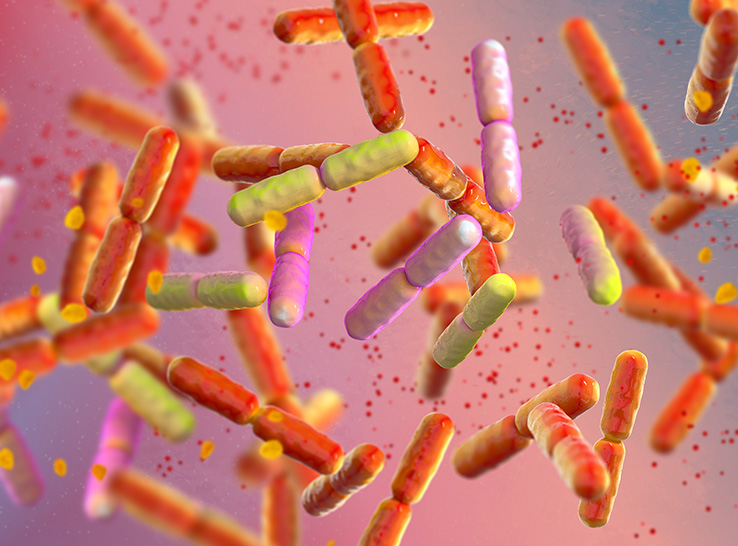
Hens can positively influence the skin and respiratory tract microbiota of newly hatched chicks, according to a study published in Poultry Science.
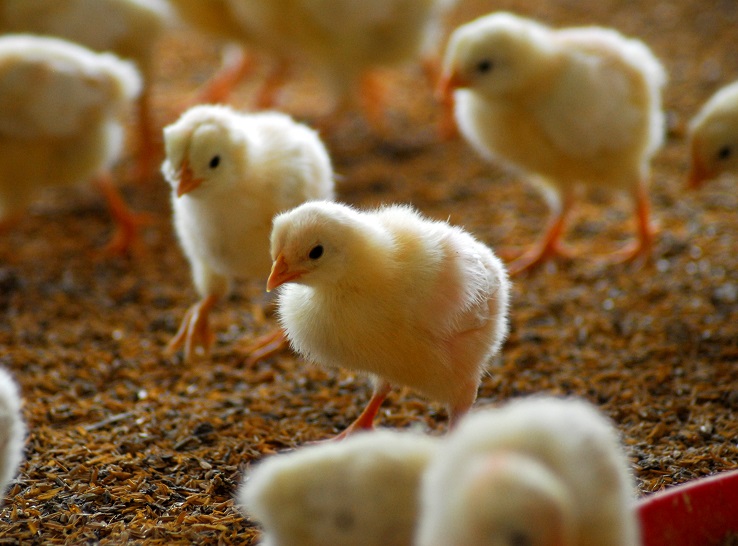
USDA has authorized Boehringer Ingelheim to import two of the company’s live-virus vaccines for emergency use to help protect US poultry against avian metapneumovirus (aMPV) — a highly contagious respiratory viral infection that can result in severe respiratory symptoms and increased mortality in poultry.
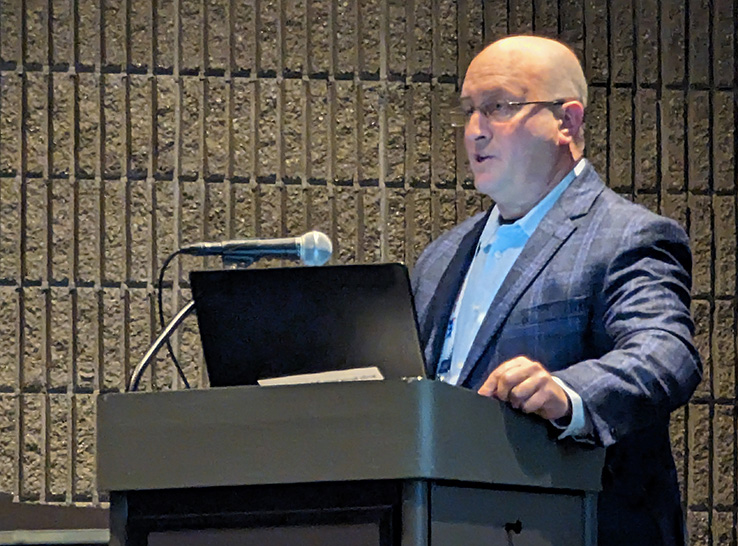
US Poultry & Egg Association (USPOULTRY) has released an updated report quantifying on-farm antibiotic use and demonstrating the industry’s commitment to antibiotic stewardship and disease prevention.

The move to cage-free egg production has spawned a new generation of aviary systems available for hen housing. The question now is how well the new systems perform when balancing egg production and profitability with bird welfare.
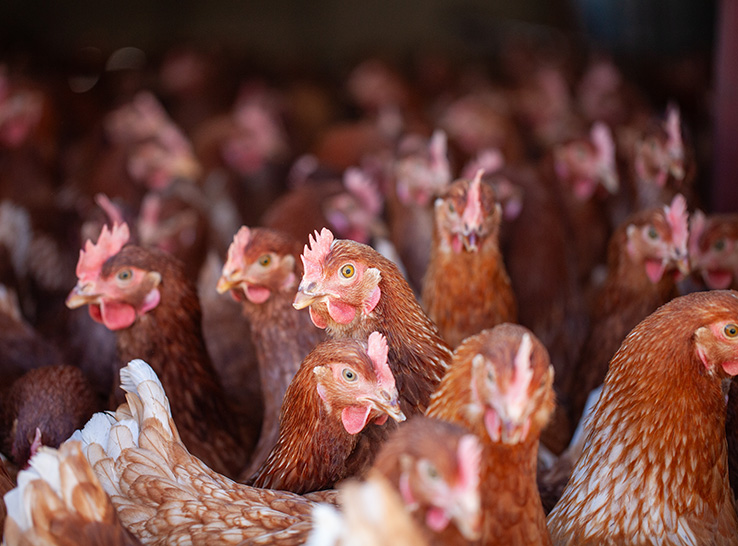
Lighting has emerged as one of the most powerful tools to manage and optimize layer performance. It profoundly impacts production, health and overall welfare.
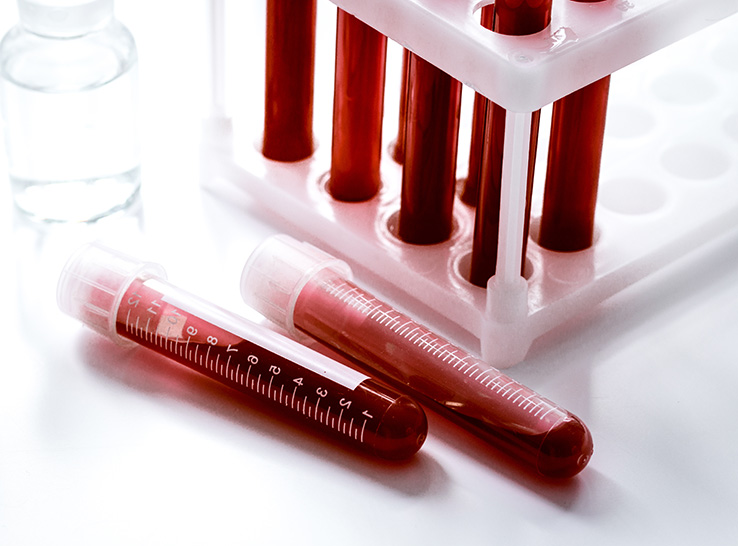
Cloacitis, or vent gleet, is chronic inflammation of a bird’s cloaca that can result in urate scalding, prolapse, weight loss, inactive ovaries and high mortality. Investigators looked at blood biomarkers to identify correlations to birds with cloacitis versus healthy birds.
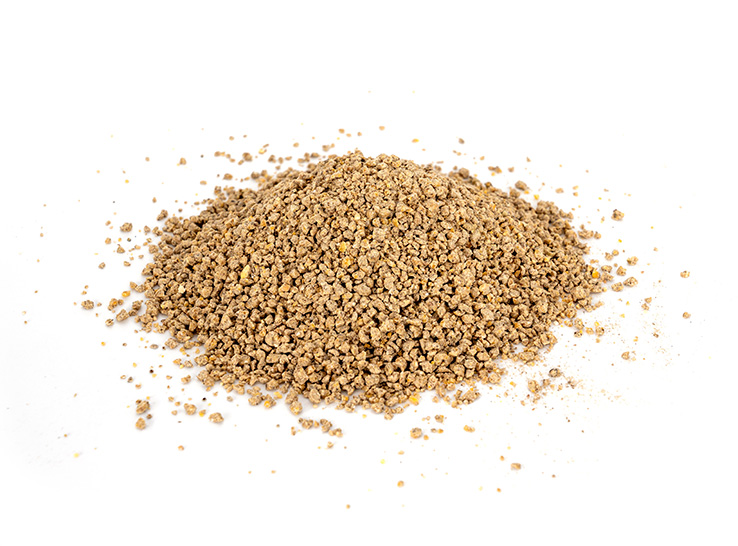
For laying hens, bone health and eggshell development are critical aspects of lifetime productivity, and calcium supplementation can be beneficial. But when does it become too much of a good thing?
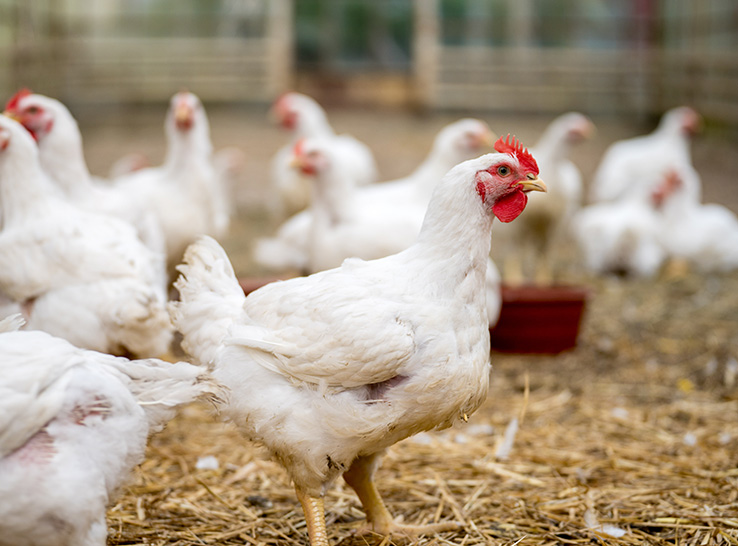
The recent shift to cage-free production has led to more problems with internal parasites and coccidiosis, explains Kenneth Anderson, MS, PhD, North Carolina State University, in a Q&A sponsored by Cargill Animal Health.
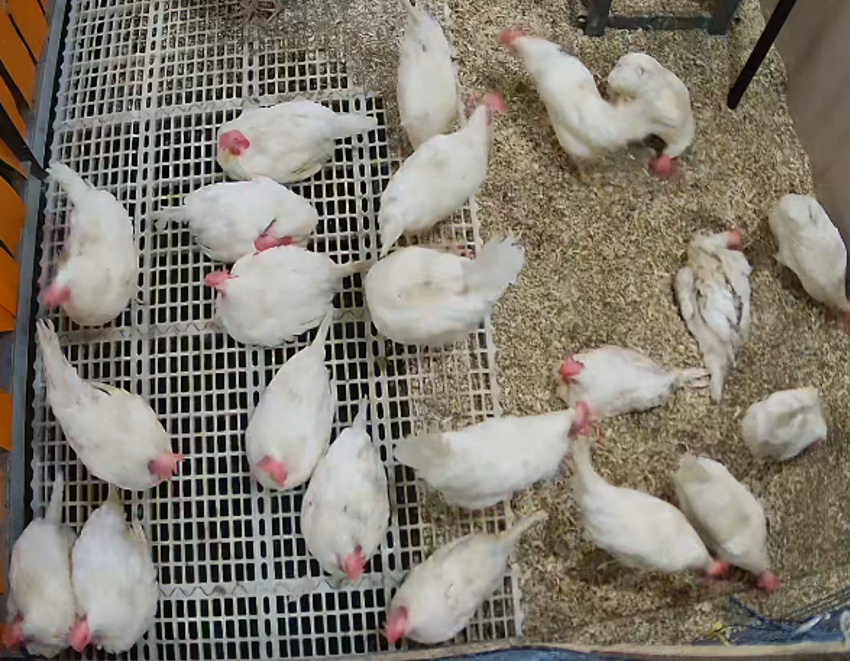
Artificial intelligence is rapidly becoming widely used across various fields and could be a transformative tool for enhancing poultry management practices.

Research is showing how to effectively adjust amino acid levels in layer pullet diets, maintaining birds’ longevity and egg production without adding cost.
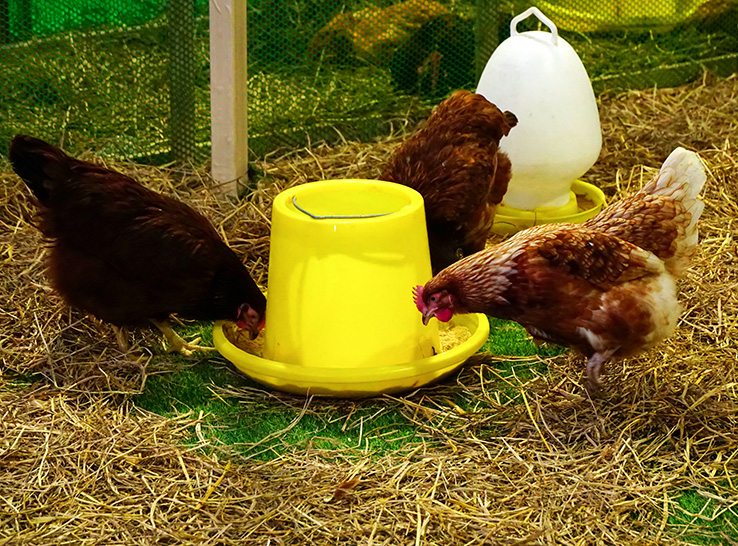
With the recent rise in the use of slow-growing lines for pasture-based and free-range broiler production, worm infestations could become a significant issue. Warmer weather also contributes to the rise in worm populations, as moisture and humidity create favorable conditions for parasite eggs to thrive, explains Prafulla Regmi, PhD, University of Georgia.